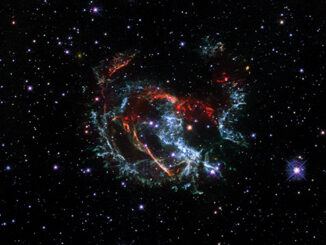
supernova

Observing

Picture This

Observing

Picture This

Picture This

News

News

News

Picture This

News
